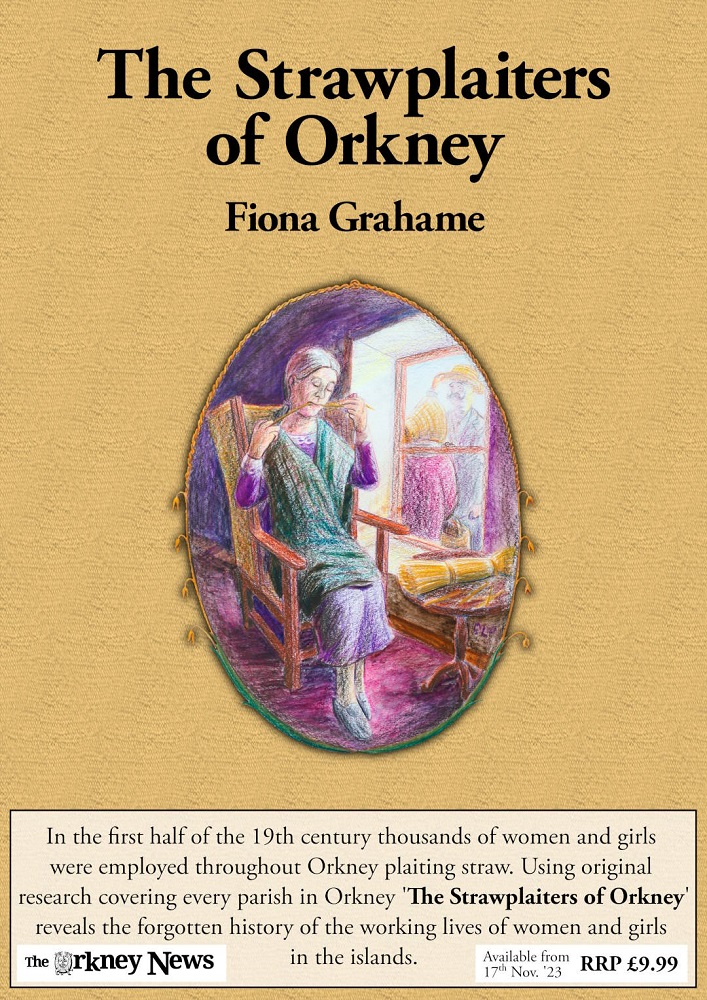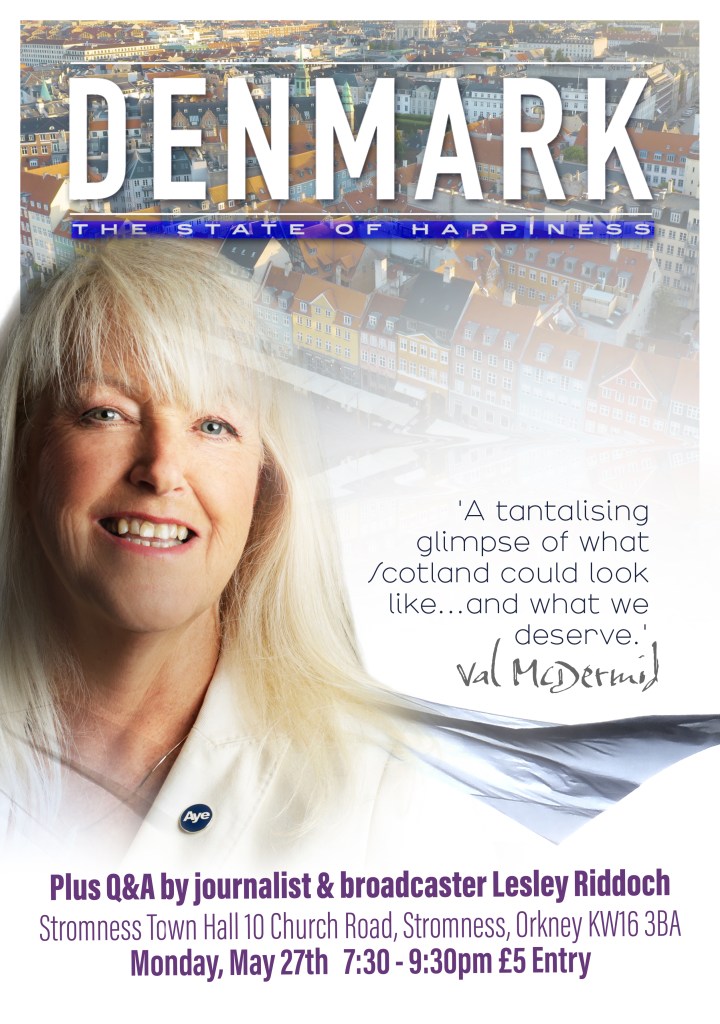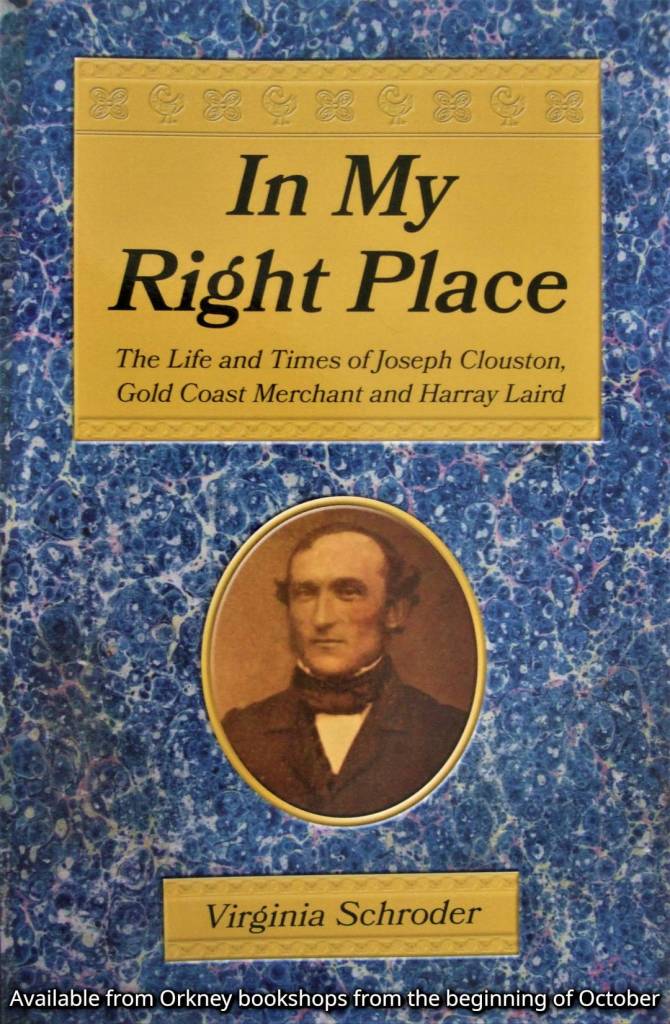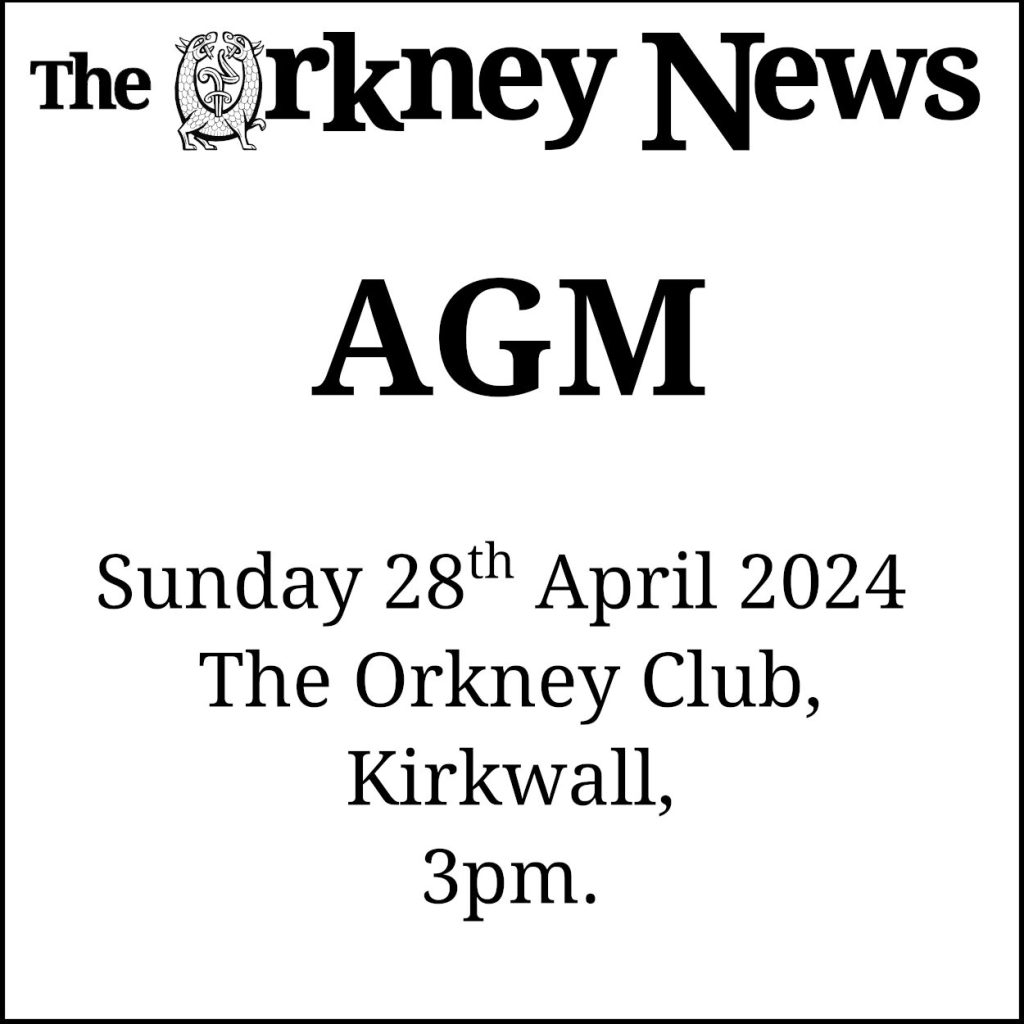By Eamonn Keyes

On Friday June 30th the archaeological dig at The Cairns in South Ronaldsay held an Open Day, giving the public a valuable opportunity to view the current work and to hear about the discoveries that have been made to date.
This is being carried out by director Martin Carruthers and is one of UHI Archaeology Institute’s flagship excavations.
The dig encompasses an Iron Age broch and surrounding settlement of village houses that sit within a ditched enclosure some 65-70 metres in diameter.
The broch is unusual in that it was originally discovered when a souterrain, features that are very common in Northern Scotland, was being excavated. The usual mound that indicates a likely broch presence was absent, with the broch site having been cut into the surrounding terrain-a massive project in removing thousands of tons earth- and its discovery came as a surprise addition to the many brochs scattered across Orkney, Shetland and Caithness.
The underlying purpose of brochs is still under discussion, and it is likely that they were either dwellings for higher-status inhabitants or have a possible defensive role, although the water reservoirs that are frequently found in lower-level chambers would have been insufficient for more than a few days.

The dig began at The Cairns site in 2006, revealing a large Iron Age broch (c100BC-AD200) and structures dating from the Iron Age through to the Norse period. Human activity at the site runs from the later Neolithic period to the Medieval and post-medieval periods.
Excavation of the broch has permitted unrivalled access to the superbly well-preserved, stratified occupation deposits inside, which are rich in artefacts and detailed environmental information relating to the life and use of the Iron Age household 2,000 years ago. This also presents more intimate details of human life during the many generations of inhabitation. Accompanying and surrounding the broch is an extensive settlement of village houses that sit within a ditch around 70 metres in diameter, and later the settlement sprawled even more extensively over the infilled remains of the enclosure ditch.
To date, 21 buildings have been partly or wholly excavated and these are providing remarkable evidence for a wide range of activities and practices carried out in the settlement, including food processing and consumption, metalworking, bone-working, textile production, and animal husbandry.
Finds include many thousands of seashells and animal bones, indicating the likelihood that food was plentiful for those inhabiting the site.

In addition, worked stones such as quern stones have been found that reveal how these were integral to daily life, also being used to make items such as Skaill knives, which had a very limited lifespan as they were made from sandstone, soon losing their edge.

Beautiful glass beads and metal jewellery items are some of the more memorable artefacts to have come from the broch, along with the “Cairns Cog” a superb wooden bowl with many repairs over a period of many years when it would have been used.
Preserved strands of human hair, cut at both ends, were also found, and these may eventually give valuable clues into diet and absorption of metals or toxins as the result of some of the metalworking going on at the site.

One of the most fascinating discoveries was ‘The Elder Assemblage’. Carefully placed within a huge, worked whale bone vertebra, a human jawbone found to be from an elderly woman, now nicknamed ‘The Elder’, was found. It also contained two teeth, and a third has now been found, fitting perfectly into its socket. To complete the assemblage, two red deer antlers and a broken saddle quern were also discovered next to the whalebone. The importance of these objects to the inhabitants was highlighted by its location next to the entrance to the broch.

Director Martin Carruthers explained;
“It now looks like the whole event that led to the deposition of the human jaw involved quite a formal laying out of the various objects – the whalebone, the deer antlers, a large saddle quern, and stone mortar, as well as portions of a juvenile pig and a juvenile cattle vertebra. It’s quite an interesting little assemblage of materials drawn together in a moment of reflection on the part of those who put them in the ground, shortly before abandoning the broch and packing it with rubble inside and out.”
The dig at The Cairns site will continue until July 7th.

You can follow the work at The Cairns by clicking on this link which includes the Dig Diary: The Cairns UHI Archaeology Institute
Categories: Local News, Review
















Yay Eamonn! Good to see you out and about – and writing again.
Here’s my Cairns tuppenceworth…
http://www.spanglefish.com/berniesblog/blog.asp?blogid=16370
Thanks Bernie. I’m getting back to health slowly.